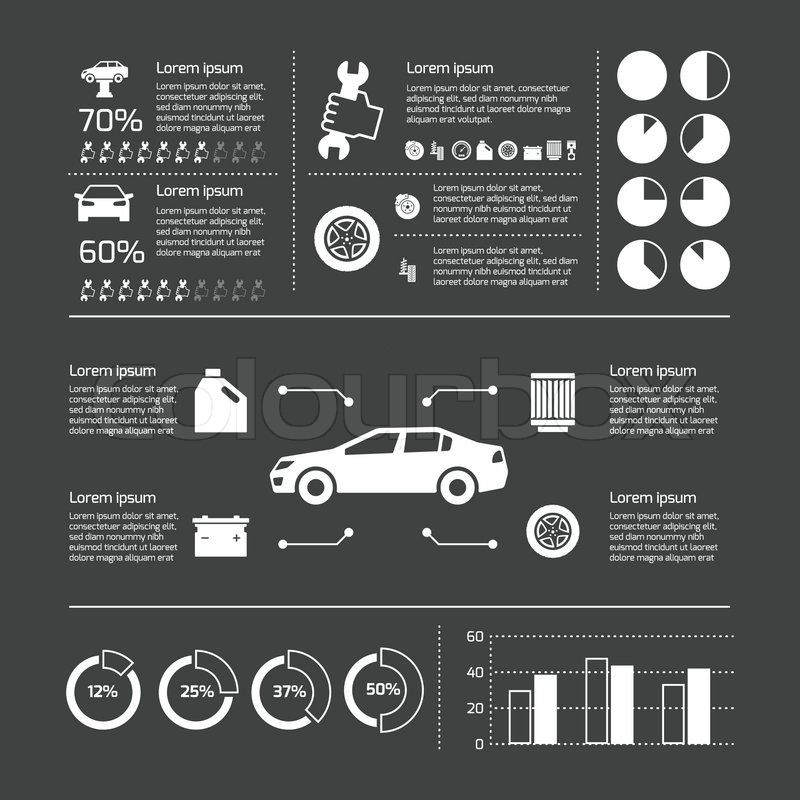Understanding Your Automobile'S Caution Lights: What Do They Really Mean?
Understanding Your Automobile'S Caution Lights: What Do They Really Mean?
Blog Article
Post Writer-Termansen Gilbert
When you lag the wheel, those radiant caution lights on your control panel can be a bit complicated. Do you understand what they're attempting to tell you about your vehicle's health and wellness? Recognizing the significance of these lights is crucial for your safety and the long life of your car. So, the following time one of those lights pops up, would not you intend to decipher its message precisely and take the needed actions to address it?
Common Warning Lighting and Interpretations
Determine typical caution lights in your car and recognize their meanings to guarantee safe driving.
One of the most typical warning lights include the check engine light, which signifies issues with the engine or emissions system. If this light begins, it's critical to have your car checked quickly.
The oil stress cautioning light shows reduced oil pressure, requiring immediate interest to avoid engine damages.
A blinking battery light may suggest a malfunctioning charging system, possibly leaving you stranded if not attended to.
The tire pressure tracking system (TPMS) light informs you to low tire pressure, impacting car stability and fuel efficiency. Ignoring car interior shine can lead to dangerous driving conditions.
The ABS light indicates an issue with the anti-lock braking system, compromising your ability to stop rapidly in emergencies.
Last but not least, the coolant temperature level alerting light warns of engine overheating, which can result in extreme damage otherwise dealt with promptly.
Comprehending these typical caution lights will aid you attend to issues quickly and preserve safe driving conditions.
Value of Prompt Focus
Recognizing the typical warning lights in your auto is only the primary step; the significance of quickly attending to these cautions can not be highlighted enough to ensure your security when driving.
When a caution light illuminates on your dashboard, it's your auto's way of connecting a possible problem that requires interest. Neglecting these warnings can lead to extra severe troubles later on, endangering your security and potentially costing you a lot more out of commission.
Motivate attention to alerting lights can prevent break downs and mishaps. As an example, a flashing check engine light might indicate a misfire that, if left unattended, can create damages to the catalytic converter. Addressing this immediately can conserve you from a costly repair.
Similarly, a brake system warning light may signal low brake liquid or used brake pads, important elements for your safety when driving.
DIY Troubleshooting Tips
If you notice a caution light on your control panel, there are a few do it yourself troubleshooting pointers you can try before seeking professional aid.
The initial step is to consult your car's handbook to understand what the details warning light suggests. Sometimes the concern can be as easy as a loose gas cap triggering the check engine light. Tightening the gas cap might deal with the problem.
One more common issue is a low battery, which can trigger different warning lights. Examining car waxing for corrosion and ensuring they're safe and secure could take care of the problem.
If a caution light persists, you can try resetting it by separating the vehicle's battery for a few minutes and afterwards reconnecting it. Additionally, examining your lorry's liquid degrees, such as oil, coolant, and brake liquid, can assist troubleshoot advising lights connected to these systems.
Conclusion
To conclude, comprehending your automobile's warning lights is crucial for keeping your car running smoothly and safely. By without delay dealing with these notifies and understanding what they imply, you can prevent expensive repair work and potential breakdowns.
Remember to consult your vehicle's handbook for specific information on each alerting light and do something about it accordingly to make certain a hassle-free driving experience.
Keep informed, remain secure when traveling!
